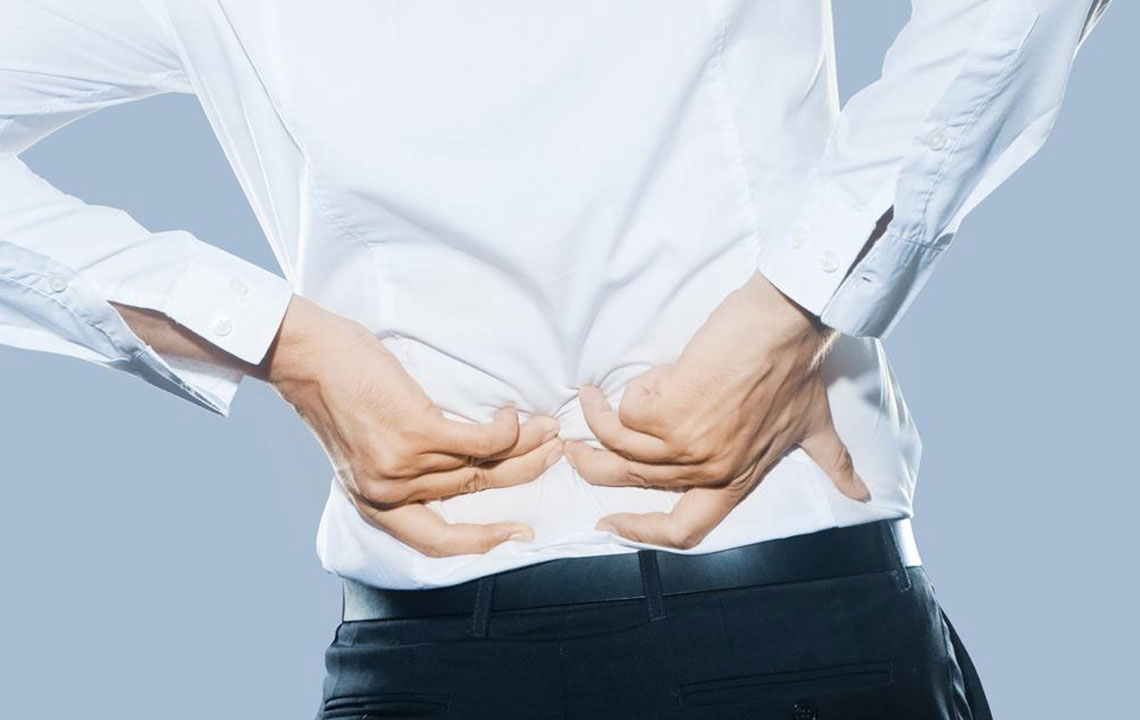Complete Guide to Effectively Managing and Treating Bulging Discs
This detailed guide explores the causes, symptoms, diagnosis, and conservative treatment options for bulging discs, emphasizing the importance of early intervention and lifestyle changes. Learn how to manage and prevent this common spinal condition effectively through personalized therapy, ergonomic adjustments, and medical treatments tailored for optimal recovery and pain relief.

Complete Guide to Effectively Managing and Treating Bulging Discs
Understanding and addressing bulging discs is essential for maintaining spinal health and preventing chronic pain. This comprehensive guide explores the causes, symptoms, diagnostic procedures, and various treatment options available for bulging discs. Whether you are experiencing discomfort or want to learn more about spinal health, this article provides detailed insights into managing this common condition effectively.
What Is a Bulging Disc?
A bulging disc is a prevalent spinal condition characterized by the protrusion or swelling of the intervertebral disc beyond its normal boundaries. This protrusion occurs when the disc’s outer layer weakens or degenerates, causing the disc to bulge outward.
This bulging can lead to nerve compression and irritation of surrounding tissues, resulting in pain, numbness, or weakness in limbs.
Common Areas Affected by Bulging Discs
The cervical (neck) and lumbar (lower back) regions are the most frequently affected areas. Less commonly, bulging discs can also occur in the thoracic (mid-back) region.
Causes and Risk Factors of Bulging Discs
Multiple factors can contribute to the development of bulging discs, often in combination with lifestyle choices and physical stressors.
Aging: As we grow older, the discs in our spine naturally undergo degenerative changes, making them more prone to bulging and herniation. Proper management can mitigate associated discomfort.
Work-related Strain: Jobs involving heavy lifting, repetitive motions, or prolonged static postures increase the risk of disc injury and bulging, especially if proper ergonomics are not maintained.
Unhealthy Habits: Smoking or tobacco use can impair blood flow and reduce nutrient delivery to spinal discs, weakening their structure and increasing susceptibility to bulging.
Trauma and Injury: Sudden impacts or accidents, such as falls or car crashes, can cause disc bulges or worsen existing conditions.
Genetics: A family history of spinal issues can predispose individuals to disc problems, including bulging.
Recognizing the Signs and Symptoms of Bulging Discs
Pain radiating down the arms or legs is a common symptom, often following the affected nerve paths.
Numbness, tingling sensations, or a feeling of numbness in limbs may occur.
Persistent lower back pain or stiffness, often exacerbated by movement or certain positions.
Neck pain, which may be accompanied by shoulder, arm, or hand discomfort in cervical bulge cases.
Muscle weakness or loss of coordination in affected areas, impacting daily activities.
Diagnostic Techniques for Precise Identification
Physical examination by a healthcare provider to assess reflexes, muscle strength, and sensory responses.
Imaging tests such as Magnetic Resonance Imaging (MRI) provide detailed views of disc condition and nerve compression.
Computed Tomography (CT) scans may also be used to visualize the spinal structures in detail.
Electromyography (EMG) can evaluate nerve function and electrical activity in muscles, aiding in diagnosis.
Comprehensive Non-Surgical Treatment Strategies
Most cases of bulging discs are effectively managed without surgery, utilizing conservative approaches that focus on alleviating symptoms and restoring mobility.
Physical Therapy: Customized stretching and strengthening exercises designed by physiotherapists help reduce pressure on affected nerves and improve spinal stability.
Medication: Non-steroidal anti-inflammatory drugs (NSAIDs), muscle relaxants, and pain relievers can ease discomfort.
Hot and Cold Therapy: Applying heat packs can relax muscles, while cold packs help decrease inflammation and swelling.
Activity Modification: Adjusting daily routines to avoid aggravating movements, maintaining proper ergonomics, and incorporating gentle exercises.
Chiropractic Care: Spinal adjustments performed by trained chiropractors can improve alignment, reduce nerve compression, and promote healing.
Lifestyle Changes: Quitting smoking, maintaining a healthy weight, and practicing good posture contribute significantly to managing and preventing bulging discs.
When Is Surgical Intervention Necessary?
Surgical options are typically reserved for cases where conservative treatments fail to relieve symptoms.
Procedures like discectomy or spinal fusion may be considered if nerve compression causes significant weakness, loss of function, or persistent pain that impairs quality of life.
Deciding on surgery involves thorough consultation with a spine specialist or neurosurgeon, considering the risks and benefits.
In conclusion, understanding the nature of bulging discs, recognizing symptoms early, and adopting effective management strategies can lead to significant symptom relief and improved quality of life. With advances in diagnosis and treatment, many individuals recover or manage their condition successfully by combining medical advice, lifestyle modifications, and targeted therapies.





